
Seasonal allergic rhinitis or Hay fever is allergy to pollen or certain weeds or trees. The condition develops in spring or summer when these allergens are transmitted by the wind and people spend more time outdoors. The symptoms develop as a reaction of the body to different allergens from the surroundings. These allergens are recognized as body invaders and are treated as such. The hay fever together with asthma, food allergy and eczema forms a group of associated allergic conditions. People have genetic predisposition to these diseases which is known as atopy (the body produces special antibodies as a response to allergens). Allergic conjuctivitis may develop additionally to allergic rhinitis.
Symptoms of hay fever include sneezing, a runny nose and nasal congestion. The name of the disease is improper since the patients tend not to develop allergy to hay. As nose is the place of allergen entrance and the affected place the disease is called allergic rhinitis. There are difficulties with breathing during to congestion and the secreted mucus which is clear is persistent. Postnasal dripping of the mucus may lead to cough. The sense of smell may be temporarily lost. Rarely the sense of taste is affected as well. Eyes may be red, they itch and the tear production is increased. So not only this disease affects the nose but eyes are affected in the same way. So the symptoms of the eyes are actually the symptoms of allergic conjuctivitis. All of the previously mentioned disturb the patient who is anxious and irritated and interfere in living a normal life and conducting daily activities.
The diagnose can be set after the conversation with the doctor, the examination, and specific allergic tests. The level of IgE antibodies is increased in case of these allergies and this is phatognomonic for the condition.
A person may show allergic reaction to more than one allergen. The most common allergens of hay fever are grass pollen, three pollen and weeds such as ragwort. Sometimes even certain moulds, fungi and their spores may be the culprits. If one lives in the area where no allergens are present the disease will not develop. But if he/ she comes to some parts where allergens are present the disease occurs instantly. So the best prevention is staying out of reach of allergens. Since this is not possible there are medications that can prevent the condition and those which may help with the symptoms once the disease develops.



_f_280x120.jpg)
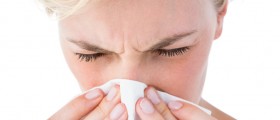

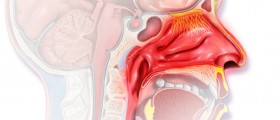
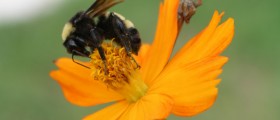

-Does-It-Help-Treat-Allergic-Rhinitis_f_280x120.jpg)

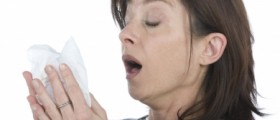

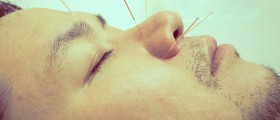



Your thoughts on this
Loading...